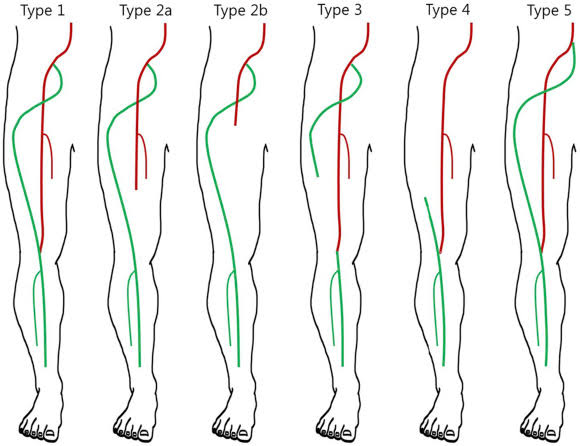
Hospital Kauvery Aneurysm of Persistent Sciatic Artery, a rare vascular defect, was successfully treated for a 60-year-old man in Chennai, a branch of the Kauvery Group of Hospitals, a major multispecialty healthcare network in Tamil Nadu.
The main blood supply to the leg is provided by the sciatic artery, which leaves the foetal aorta and goes around the back of the buttock and lower limb. It vanishes shortly after the femoral artery, which serves as the leg’s new permanent artery in later life, develops. Adults no longer have a persistent sciatic artery. When it is present, it is vulnerable to difficulties because sitting compresses and damages the artery, which leads to ballooning (aneurysm) and clots.
A 60-year-old man with significant discomfort, a pulsation in the right buttock, and a blackish discoloration of the right big toe went to the Department of Vascular and Endovascular Surgery at Kauvery Hospital. Due to pain in his buttock, he also found it difficult to sit or walk for extended periods of time. Upon inspection, it was discovered that he had gangrene in the right big toe and a pulsing bulge in his right buttock.
Prof. Dr. N. Sekar, HOD & Chief Vascular & Endovascular Surgeon, Kauvery Hospital, said, “An angiogram was done, which showed a large aneurysm with a clot in a persistent sciatic artery. The femoral artery was absent in the thigh. The sciatic artery was seen going all the way down to the knee and joining the arteries in the leg. A hybrid procedure was performed on the man, maintaining the blood circulation in his limb. The procedure involved femoro popliteal bypass surgery (femoro popliteal bypass surgery, or fem pop bypass, creates a new route for blood flow to your lower leg) and blocking the anomalous artery and aneurysm by using a vascular plug. He gradually recovered and was relieved of his pain. His toe was also saved from amputation.”
Speaking on the condition, Dr Aravindan Selvaraj, co-founder and executive director of Kauvery Hospital in Chennai, said, “Persistent sciatic artery is a rare congenital vascular anomaly that occurs among one in 1 lakh of the population. It is rarely symptomatic, and when symptomatic, it is difficult to diagnose. Complications can occur, including aneurysm formation (which occurs when an artery’s wall weakens and results in an abnormally large bulge) and ischemia (reduced blood flow) in the legs. This can compromise the leg and even lead to amputation in severe cases. In this patient, the thrombus (clot) in the aneurysm had gone downstream and was the cause of the gangrene of the toe. With the right diagnosis, we can treat this anomaly and avoid serious complications, which we were, fortunately, able to do. I congratulate Prof. Dr. Sekar N, HOD of Vascular and Endovascular Surgery, and his team for this elegant and effective surgery.”















